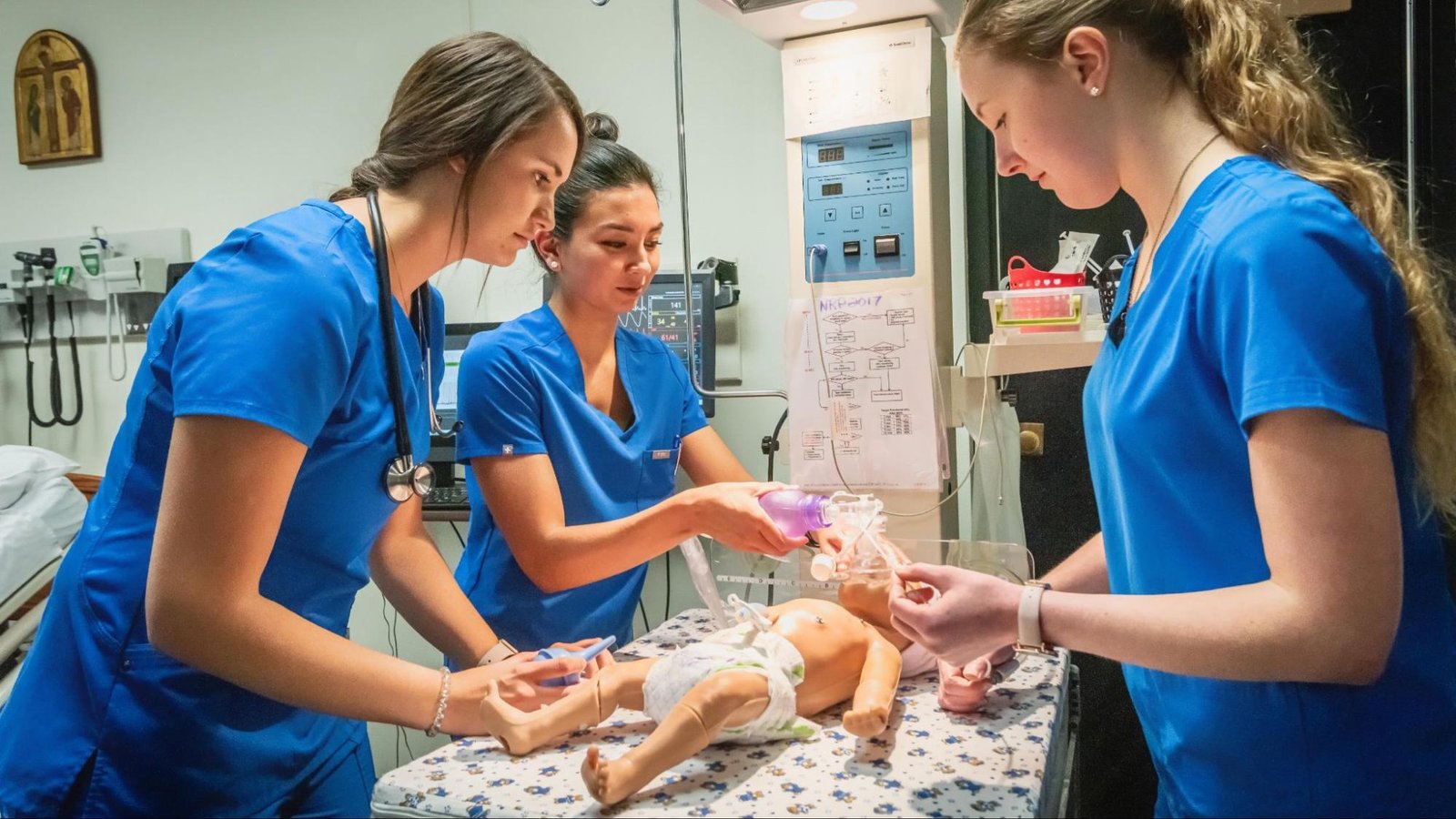Today our topic of discussion is Pulmonary Function Test.
Pulmonary Function Test

PULMONARY FUNCTION TEST
Pulmonary function test are done using a spirometer that measures the amount of air a patient can move in and out and how fast he or she can process it. The patient breathes into a mouthpiece and performs several different breathing maneuvers that are explained by the technician performing the test.
By measuring the patient’s airflow and comparing the results with predicted values for each patient’s height, weight, age, and gender, valuable information can be obtained concerning whether the patient has mild, moderate or severe obstructive or restrictive lung disease (Fig. 29.30).
Abnormal Findings
- Pulmonary fibrosis Interstitial lung diseases
- Tumor
- Chest wall trauma
- Emphysema
- Chronic bronchitis Asthmat
Description
- Pulmonary function tests (PFT) are performed in a pulmonary function laboratory.
- After preparing the client, a nose clip is applied and the unsedated client breathes into spirometer or body plethysmograph, a device for measuring and recording lung volume in liters versus time in seconds.
- The client is instructed how to breathe for specific tests; for example, to inhale as deeply as possible and then exhale to the maximal extent possible.
- Using measured lung volumes, respiratory capacities are calculated to assess pulmonary status (Table 29.4).

Calculation of Total Lung Capacity
- The total lung capacity (TLC) is the total volume o lung at their maximum inflation.
- The four values are u to calculate TLC. Total volume (TV): The volume inhaled and exhaled
- with normal quite breathing (also called tidal volume). Inspiratory reserve volume (IRV): The maximum amount
- that can be inhaled over and above a normal inspiration. Expiratory reserve volume (ERV): The maximum amount that can be exhaled following a normal exhalation.
- Residual volume (RV): The amount of air remaining in the lungs after maximal exhalation.
Calculation of Vital Capacity
- Vital capacity (VC) is the total amount of air that can be exhaled after a maximal inspiration; it is calculated by adding together the IRV, TV and ERV
- Inspiratory capacity: It is the total amount of the air can be inhaled following a normal quiet exhalation. It is calculated by adding the TV and IRV
- Functional residual capacity (FRC): It is the volume of air left in the lungs after a normal exhalation. The ERV and RV are added to determine
- Forced expiratory volume (FEV): It is the amount of air that can be exhaled in 1 second
- Forced vital capacity (FVC): It is the amount of air that can be exhaled forcefully and rapid after maximum air intake
- Minute volume (MV) is the total amount or volume of air breathed in minute. In older clients, residual capacity is increased and vital capacity is decreased. These age- related changes result from the following.
Age Related Changes
- Calcification of the costal cartilage and weakening of the intercostal muscles, which reduce movement of the chest wall
- Vertebral osteoporosis, which spinal flexibility and increases the degree of kyphosis, further increasing the anterior posterior diameter of the chest
- Diaphragmatic flattening and loss of elasticity.

Client Preparation
- Explain the test to the client
- Inform the client that cooperation is necessary to obtain accurate results
- Instruct the client not to use bronchodilators or smoke for 6 hours after this test (if required by physician)
- Tell the client to withhold the use of small-dose meter inhalers and aroused therapy before this study
- Measure and record the client’s height and weight before this study to determine the predicted values
- List on the laboratory slip any medications the client is taking
Read more:
